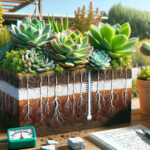Understanding Succulent Roots and Growth
Hey there, succulent aficionado! Ever wonder why those plump leaves of your succulents end up shriveling despite your tender love and care? It’s all about the roots! Yep, those twisty, hidden heroes beneath the soil play a massive part in your succulent’s health. Stick around as we unearth the secrets of succulent roots and how they dictate the perfect pot size for vibrant growth.
Succulents are as much about their roots as they are about their trendy shapes and colors. These robust plants have adapted to thrive in arid conditions, which has shaped their curious root systems uniquely. Unlike some greedy plants with roots that dive deep for moisture, succulents spread out their roots closer to the soil surface. They’re like the savvy shoppers of the plant world, catching all the water before it evaporates. Neat, right?
Picture this: you’re out in the desert and you see a succulent doing its thing, surviving like a boss. Now, imagine cramming that survivor’s roots into a teeny, tiny pot. It’s a total mismatch! That’s why choosing the right pot size—an often overlooked step—is crucial. Here’s a succulent care guide to help newbies and green thumbs alike get it right.
We’re not saying you need to mimic the desert, but your succulent won’t appreciate a cramped studio apartment for roots. Give those roots room to breathe, folks! An expansive space isn’t their jam – they’d rather a cozy yet adequate container that supports a stable and proportionate growth. Find the sweet spot, and you’ll avoid waterlogged soil that can lead to root rot. It’s all about that balance.
Still not getting the picture? Check out this video to see what I mean:
Real-life example alert: Take my buddy’s Echeveria, a plump-leaved beauty with shallow roots. He popped it in a pot that looked like it could double as a diving pool. Bad move. The soil stayed damp for ages, and the roots kicked the bucket from rot. We want to avoid this sad plant tale. Instead, aim for a container that allows the soil to dry between watering sessions, keeping those succulents perky. Need more insights? You might want to visit our detailed guide on succulent soil. It’s a game-changer!
Understanding the root structure and water needs of your succulents sets you on the path to potting perfection. Remember, folks, choosing the right pot size for your succulents is like picking the perfect home for yourself – it should suit your style and be a place for healthy growth. So, keep those roots in mind—the success of your succulents depends on it!
The Key Factors in Selecting the Right Pot Size
When it comes to potted paradise, size does matter – especially for your drought-dodging buddies, the succulents. So, let’s get our hands dirty, metaphorically speaking, and dive into the nitty-gritty of selecting the perfect home for your leafy friends. Think of it as matchmaking for planters!
First off, consider the size of your plant. It’s like choosing a pair of shoes – too big, and your plant will swim in soil; too small, and it’s cramped toes (or roots) galore. Graduate to a pot that’s just a couple of inches wider than your succulent’s width for that ‘just-right’ feel. You’ll witness a plump Jade or a spiky Echeveria bloom splendidly in adequate space, without wasting your precious dirt.
Growth rate is the next doozy on our list. Got a slow-grower like Haworthia or Aeonium? A cozy pot will do just fine. They’re the chilled types that won’t outgrow their space faster than you can say ‘photosynthesis.’ On the flip side, a sprawling Sedum needs wiggle room to stretch its verdant limbs, thriving best when it’s not confined.
Now let’s jabber about the type of succulent you’ve got. Those picky desert roses and kalanchoes are suckers for tight spaces, like a determined yogi in a challenging pose. But the sprawling types – think sprawling Euphorbia Trigona or the cascading String of Pearls – they fancy themselves a bit of a show-off and prefer a spacious stage. Cater to their whims for a flourishing spectacle.
Lastly, give a thought to your succulent’s living environment. Indoor charmers living the shelf life need balance – a moderate space that doesn’t overshadow your minimalistic decor. Outdoorsy types basking in your patio’s sunlight? They could go big, echoing the expansiveness of the open skies. Either way, keep your green buddy’s habitat in sync with its potting ambitions, and you’ll both bask in horticultural harmony.
Picture this – your Aloe Vera elegantly contained in a chic, roomy pot that allows its roots to breathe and thrive, anchoring it firmly as it reaches for the sun. It’s not just about containment; it’s about giving your plant a solid yet comfy base to spring from.
For all you visual learners out there, feast your eyes on this: 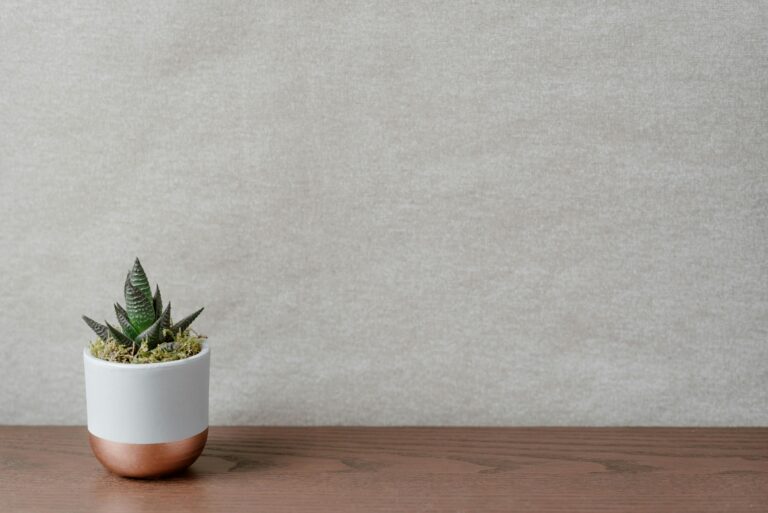
Remember, folks, a content succulent is a flourishing succulent. Now, wouldn’t that make a pretty picture? Choose wisely, and your prickly pals will salute you with vigorous growth and a panoply of colors. Happy potting!
Materials Matter: Choosing the Right Pot for Your Succulent
When it comes to cultivating a vibrant succulent collection, your choice of pot material is not just a cosmetic decision—it’s a crucial one for your plant’s health and happiness. Let’s dive into the world of succulent pots, the unsung heroes in your plant’s life, and explore why some materials triumph over others in nurturing your fleshy friends.
Imagine you’ve just bought a charming, chubby-cheeked Echeveria, a succulent ready to burst with rosettes that rivals those in an Italian renaissance garden. Where do you plant this green gargoyle? In the trusty terracotta pot or that sleek porcelain planter? Terracotta, with its porous nature, supports soil aeration and moisture regulation, making it a stellar choice for succulents that detest soggy feet. It’s like breathable sportswear for your succulents—except better looking and without the need for a wash.
Not to be underestimated, ceramic pots emerge as strong contenders too. Generally finished with an enamel coating, these pots are less breathable but hold moisture for longer periods. If you’re the forgetful type who remembers to water your plants about as often as you remember the name of your 8th-grade math teacher, a ceramic pot might be your succulent’s saving grace.
And let’s not overlook plastic pots, often dismissed as the underdogs of the planter world. Lightweight, affordable, and coming in a spectrum of colors that could put a rainbow to shame, plastic pots have their merit. Sure, plastic may not expel water as terracotta does, but pair these vibrant vessels with a well-draining succulent mix, and you’ve got a hydration balance that would impress even the most meticulous gardener.
It’s not just about material, though—a pot’s architecture can make or break your succulent’s spirit. A drainage hole is the herculean feature that could save your plant from waterlogged misery. No matter how appealing a pot might be, if it’s missing this crucial escape route for excess water, your succulent might be signing up for an unintended swim lesson.
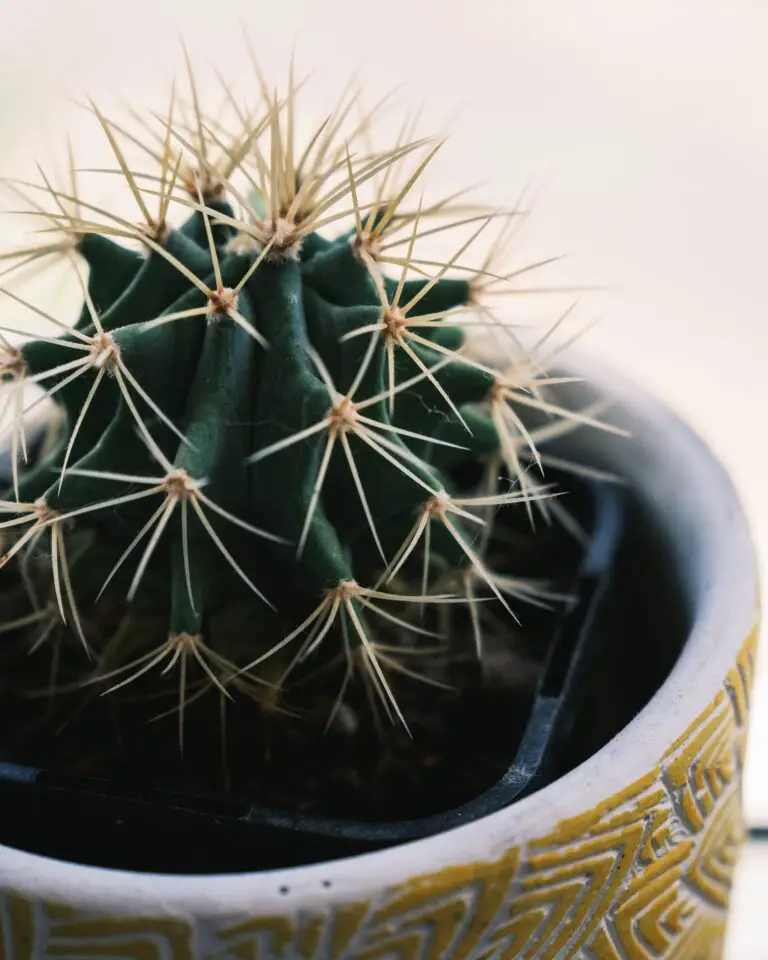
To sum it up, the trifecta of optimal succulent potting involves a material that suits your watering habits, a proper fit for your plant’s size (hint: size does matter when it comes to roots), and, yes, that life-saving drainage hole. Whether you lean towards the classic terracotta or the versatile plastic, always remember that the right pot paired with your attentive care is what turns a run-of-the-mill succulent into an eye-catching botanical masterpiece.
Importance of Drainage in Succulent Pots
Imagine inviting your succulent pals to a pool party, and then telling them they have to stay in the water… forever. Doesn’t sound like a blast, does it? In the world of succulents, proper drainage isn’t a luxury; it’s a downright necessity for these desert dwellers. Without a way out for excess water, those charming green companions might as well be trying to set up camp at the bottom of the ocean!
So, why is drainage the VIP feature of a succulent’s crib? When we get down to the nitty-gritty, succulents store water in their leaves and stems, which makes them quite self-sufficient during droughts. But when they receive more H2O than they can handle, things can go south pretty quickly. The roots of your succulents are not avid swimmers; in fact, they downright detest being wet for too long. It’s a one-way ticket to Fungusville and Rottentown – places you definitely don’t want to send your green buddies.
To size your pot just right, take cues from your succulent’s current living situation. A snug fit is cozy, but just like us, these plants need a little “breathing room” to flourish. A pot that’s too tight promotes moisture retention, and that’s the opposite of what our desert-loving friends crave. Conversely, a pot that’s extravagantly large might hold more water than the Titanic, and we all know how that story ends. The golden rule? Aim for a pot that gives your succulent just enough space to grow without leaving it swimming in dampness.
Here’s a real-life example: you wouldn’t wear a raincoat in a sauna, right? Your succulents feel the same about their pots. Just the thought of standing water at their feet sends shivers up their spines – if they had spines, of course. Some do, though, and they’re pretty pointy! This is why selecting a pot with the right fit and excellent drainage holes can be the difference between your succulent thriving or diving headfirst into trouble.
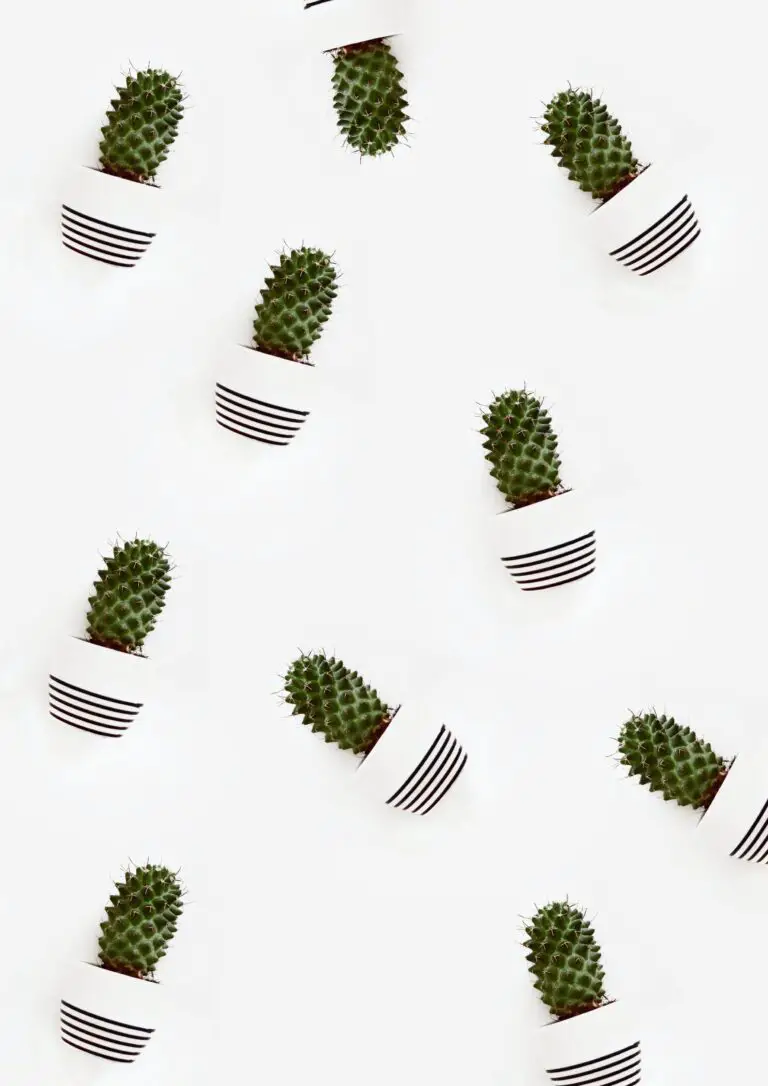
To sum it up, think of proper drainage as your succulent’s life jacket. It’s there to make sure that even when the waves of overzealous watering come crashing in, your leafy pals won’t drown. It helps them float effortlessly to the top, basking in the glory of just enough moisture. So, when choosing that perfect pot, remember: Drainage = Happiness. Out with the old swampy bottoms, and in with the free-draining, airy homes that will have your succulents throwing a thank-you party.
Standard Pot Sizes and What They Mean for Your Succulent
Ever play a game of ‘plants vs. pots’? Choosing the ideal home for your leafy friends can feel just like that. With so many sizes and types out there, it’s like trying to pick the perfect hat—one that’s not too big to swallow them up or too small to stunt their swagger. So, let’s dig into those standard pot sizes and get to the root of what they really mean for your succulent’s well-being.
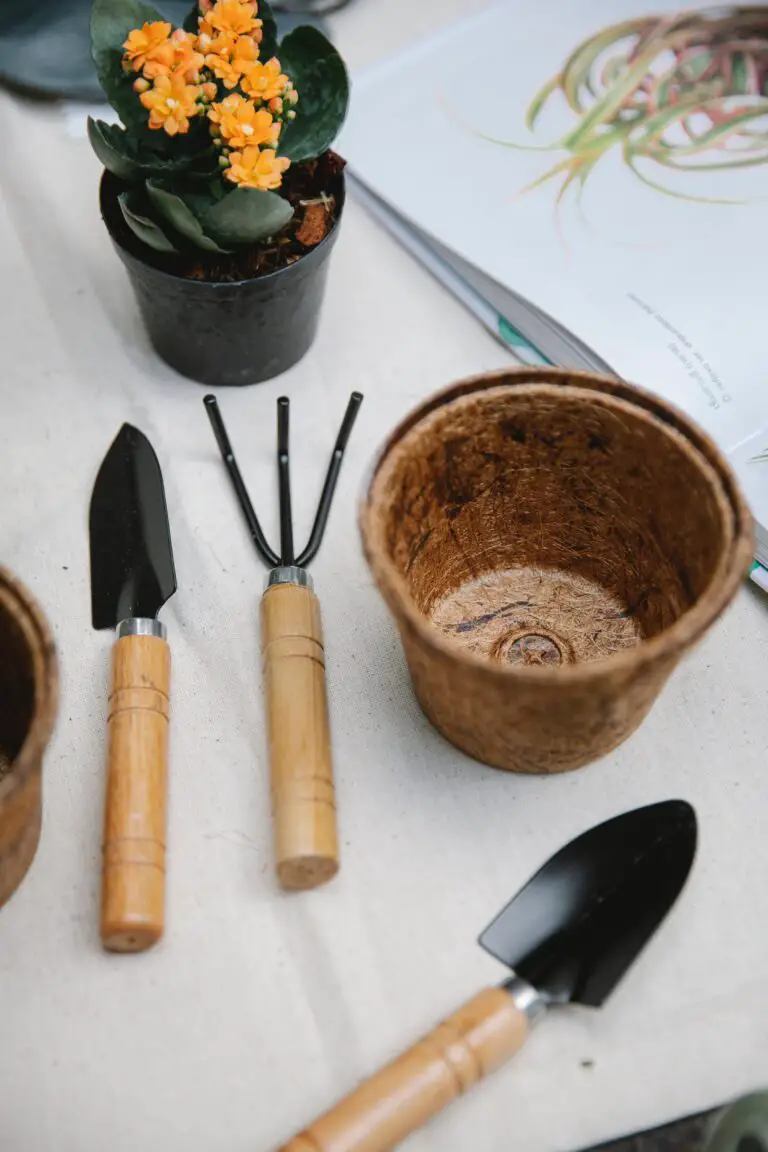
Think of pot sizes in terms of succulent shoe sizes. A size too small and your plant’s toes (or roots) will be cramped. Too large, and they’ll be swimming in soil, which could lead to excess water retention and root rot. Standard pot sizes are usually measured in inches across the top and volume in quarts or liters—like a scoop of ice cream, the bigger the scoop, the more your succulent gets to enjoy. But here’s where it gets interesting.
Succulents are all about that snug life. They thrive in slightly smaller pots that cozy up to their roots, giving them a sense of security and the right balance of aeration and moisture. A 4-inch pot might seem tiny, but for a little succulent, it’s the penthouse sweet—emphasis on ‘sweet’—of pot sizes.
The key is growth potential. A youngster succulent might revel in a 2 to 3-inch pot, but what about when it starts hitting those growth spurts? It’s like watching a puppy grow into its paws. One day, it’s all cute and compact, and the next, its roots are begging for a new pad. That’s your cue to upsize, but always with proportion in mind. A pot only 1 to 2 inches larger in diameter than the current one is the succulent equivalent of moving from a studio to a one-bedroom—just enough new space to have a little housewarming dance.
Our real-life examples? Imagine a teacup succulent, perfect for those Instagram-worthy desk shots. It’s snug as a bug in its dainty home. Now, picture a sizeable aloe with ambitions of grandeur. It won’t be happy in a teacup; give it a pot that says, ‘I’m ready to grow and steal the show!’
So, when pot shopping, remember, it’s not just about picking a pretty container. It’s a strategic move for your succulent’s health and happiness. Think comfort, growth, and breathability. After all, your succulent’s pot is its home for the foreseeable future—make it count!
Do’s and Don’ts of Potting and Repotting Succulents
Perplexed about how to choose the perfect home for your leafy friends? Fear not! We’re here to guide you through the savannah of pot-dilemmas with your thirsty companions—succulents! Let’s dive into the best practices for potting and repotting these charming succulents, ensuring they flourish with vigor and charm.
Do: Choose the Right Pot Size
The Golden Rule: Think small. Usually, a pot only slightly larger than the succulent’s root ball gets a thumbs up. A spacious pot might sound generous, but it’s like a vast desert for a tiny cactus—more room than they know what to do with. Plus, excess soil can stay damp and spell doom for those delicate roots, reminding us that sometimes, less is more.
Don’t: Overpot Your Plant
Have you ever donned a pair of oversized shoes? Awkward, right? For succulents, a cavernous pot is the botanical equivalent. Roots get lost, water logs around aimlessly, and the plant suffers. Stay true to the succulent’s size when choosing a pot, ensuring that snug fit for healthy growth.
Do: Ensure Proper Drainage
Picture overflowing teacups during a thunderous storm—succulents dread waterlogged soil like that. A pot with a drainage hole is a ticket to dry, comfy roots. It’s a simple strategy that prevents root rot and keeps your succulent as chipper as a cactus in the high desert sun.
Don’t: Use Non-Porous Pots
Succulents aren’t diving into the deep end—they need breathability. A porous terra cotta pot? Now that’s the spirit! It wicks away moisture and allows the roots to breathe, fostering a Zen-like environment for your desert-dwelling buddies.
Do: Consider the Material of the Pot
Material matters when matchmaking pots with plants. Porous pots made from terra cotta or unglazed ceramic promote evaporation, giving your succulents a taste of their native arid homelands. Plastic can trap moisture, so unless you’re a vigilant waterer, it may be wise to avoid it.
Don’t: Forget to Refresh the Soil
Just like a new season’s wardrobe refresh, your succulents relish new soil during repotting. Out with the old, tired dirt and in with the fresh, nutrient-rich mix designed for succulents and cacti. It’s like a spa retreat for their roots, infusing vitality and pep into their growth.
To put this into perspective, let’s watch a video which will crystallize these points and show us the importance of selecting the correct pot size and the best practices when it comes to potting and repotting your succulents.
Do’s and Don’ts of Potting and Repotting Succulents
Welcome to the incredibly verdant world of succulents! Whether you’re a seasoned green thumb or just starting your journey, understanding the connection between pot size and plant health is crucial. Let’s explore some sage advice on potting and avoiding common pitfalls that could lead to an unhappy succulent.
Do: Choose a Cozy Fit
Imagine wrapping up in a snug blanket—that’s how your succulent feels in the right-sized pot. Aim for a pot that’s about 10% larger than the base of the plant. This way, you cater to its needs without overwhelming it with space, which can lead to water retention and root rot.
Don’t: Go Overboard with Pot Size
A mansion may be great for us, but for a succulent, it’s a lonely, damp place. Oversized pots lead to soggy soil and potential health issues. Stick to a pot that’s just right—it’s the difference between a plant that survives and one that thrives.
Do: Ensure Proper Drainage
Waterlogged roots are a succulent’s nightmare. Your pot must allow excess water to escape, just like a sieve, ensuring your plant’s roots are healthy and oxygenated. After all, succulents love a good drink but hate soggy feet. Always check for drainage holes before you settle on a new pot.
Don’t: Forget About Soil
Picture your favorite dessert. Now, what if it had the wrong ingredients? That’s what non-succulent soil is to your plant. Use a sandy, well-draining mix that caters to its needs, mimicking the natural arid conditions it loves.
Do: Think About the Pot’s Material
Material matters—terra cotta and ceramic pots are like breathable activewear for your succulent, wicking away moisture to keep those roots dry and comfortable. Plastic pots may retain more moisture, so take extra care if you choose this route.
Don’t: Neglect Signs of Stress
Your succulent talks to you through its vibrant leaves. If it’s not thriving, reassess its living conditions. Whether it’s a tight squeeze in an old pot or drowning in a sea of soil, your succulent’s demeanor will guide you towards what it needs.
Now, let’s take a visual tour of these do’s and don’ts. Here’s a video that will solidify our conversation, showing you why the size and type of pot matters in growing happy, healthy succulents.
What Size Pot for Succulents: Creative Potting Ideas for Succulent Enthusiasts
When it comes to decorating with succulents, the right pot is more than just a container—it’s a canvas for your creativity! The perfect planter not only complements your plant’s aesthetics but also supports its health and growth. Let’s explore some innovative potting ideas that are as functional as they are eye-catching.
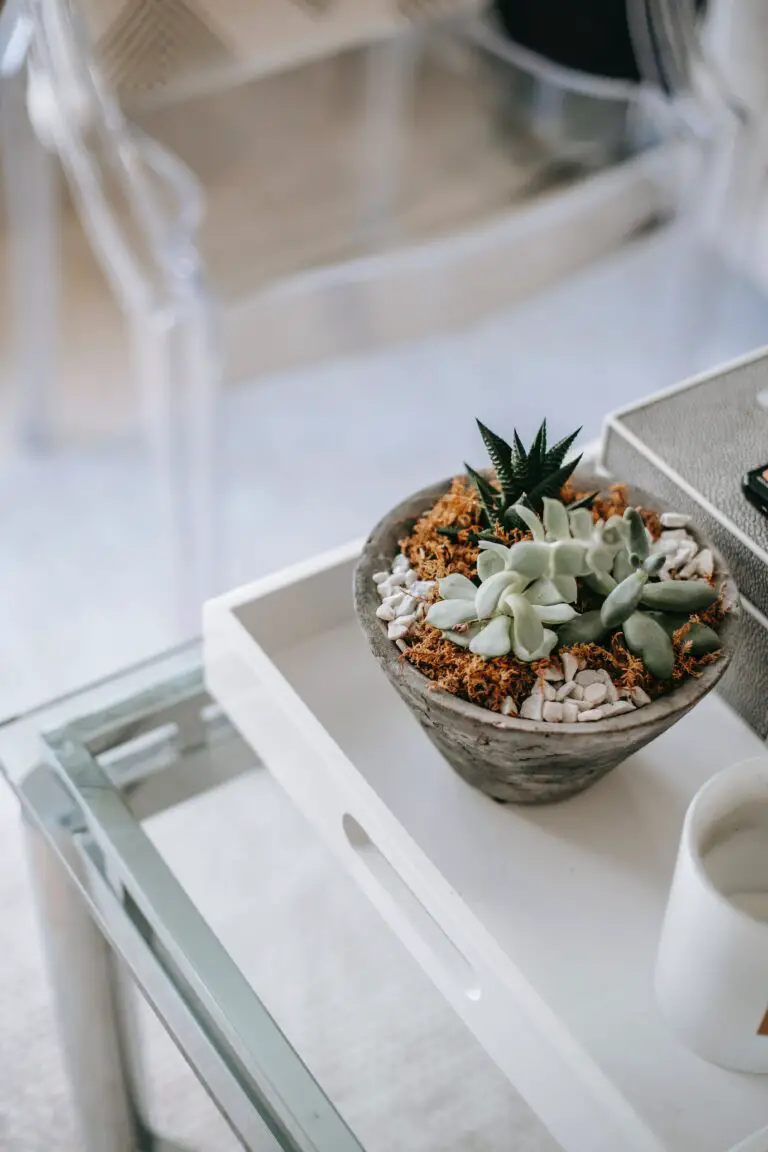
Picture this: a vintage teacup that has outlived its days of sipping Earl Grey, now repurposed into a charming new home for a tiny succulent. This kind of upcycling not only gives your old belongings new life but also adds a touch of whimsical character to your space. And, because succulents are drought-tolerant, they can thrive in these unconventional settings, as long as there’s room for their roots to grow and proper drainage to keep them from sitting in water.
All aboard the planter train! How about crafting a convoy of colorful planters using old toy trucks? Parked on your windowsill, these can make for an adorable succulent parade that never fails to put a smile on passersby. Remember, it’s not just about the aesthetic; these playful pots still need to accommodate the succulent’s size and soil requirements.
And don’t forget about the repurposed book planters. Carving a hollow in a hardcover book creates a secret garden that doubles as an intriguing conversation starter. Just be sure to waterproof the interior to prevent damage and root rot—it’s all about blending form and function!
Thinking outside the pot has never been more fun with these creative succulent planting ideas. From teacups to toy trucks and even hardcover books, the only limit is your imagination. But always keep in mind: no matter how inventive your planter is, the well-being of your succulents hinges on sufficient space, proper drainage, and the right soil conditions.
Maintenance and Care Tips for Succulents in Pots
Once you’ve found a “just-right” sized pot for your succulents, it’s time to talk about keeping those fleshy beauties in top-notch condition. Whether you’re a proud owner of an Echeveria elegance or the mother of a dozen baby Hens-and-Chicks, your succulents need more than just a cozy home—they need your tender loving care.
Let’s dive into the essentials of succulent pot maintenance, where we replace vague advice with actionable tips that will make your green darlings the envy of plant lovers far and wide.
The Right Soil Mix: A Foundation for Success
Imagine trying to breathe with a pillow over your face—not pleasant, right? That’s how your succulents feel in the wrong soil. These desert dwellers crave a mix that’s well-draining yet nutritious. A combination of potting soil with sand, perlite, or pumice works wonders, ensuring that water flows right through, preventing root rot and promoting a happy plant life.
Watering Wisdom: Quench Without Drenching
No one likes soggy feet, and your succulents are no exception. Overwatering is the number one killer of these hardy little troopers. The “soak and dry” method will become your new mantra—water thoroughly, then give them a break until the soil is completely dry. It’s a simple yet revolutionary approach that mimics the natural arid environments they adore.
Sunny Side Up: Basking in the Perfect Light
Sunlight is the breakfast of champions for your succulents. These sun-seekers love a good six hours of indirect light to flourish. Too little, and they’ll stretch out in desperation; too much, and they can sunburn—yes, plants get sunburns too! Place them by a bright window where they can bask in the glow without getting baked.
Feeding Frenzy: Fertilize for Vigorous Growth
Even the hardiest succulent needs a snack now and then. Using a diluted fertilizer during the growing season can give your potted pals the extra boost they need. Remember, less is more—overfeeding can lead to a fast and floppy demise. A light feed once a month will keep them chubby and cheerful.
Now, picture this: your Aloe Vera thriving in a crisp white pot, proudly boasting plump, hydrated leaves. Or your windowsill lined with a kaleidoscope of tiny, colorful succulents, each more vibrant than the last. All it takes is a little know-how and consistency.
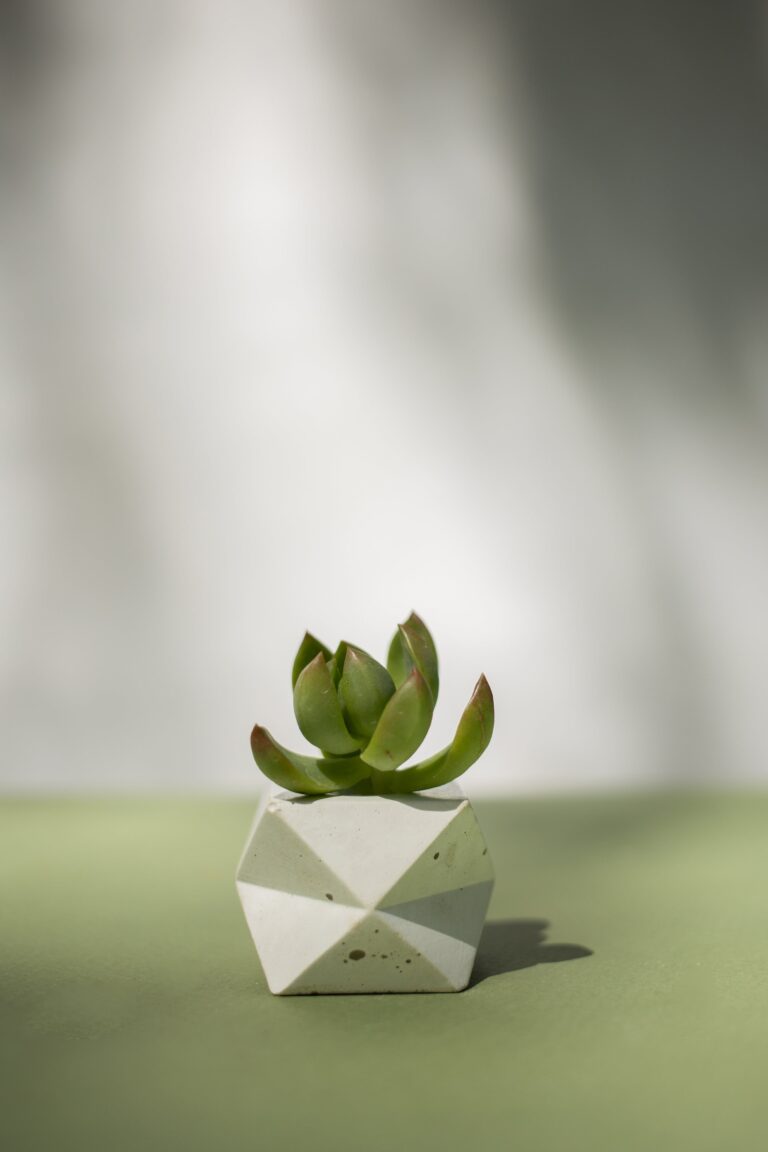
Embrace these nuggets of wisdom, and watch as each succulent begins to thrive with renewed vigor. With pots the right size and a dash of dedication, you’ll soon become a seasoned guardian of the succulent world!
Frequently Asked Questions
Are you scratching your head wondering, “What size pot for succulents?” You’re not alone! Let’s dive into some of the most pressing queries plant enthusiasts have about finding the perfect home for these charming, drought-resistant friends.
When Should I Repot My Succulent?
Imagine you’ve just brought home a lively Echeveria from the nursery; it’s thriving and even starting to outgrow its nursery pot. This is your cue! Typically, succulents need to be repotted every 2 years, or sooner if you see roots peeking out of the drainage hole like curious underground explorers.
Are There Signs of Incorrect Pot Sizes?
Your succulents will definitely let you know! If they are spilling over the edge like an overfilled cup of tea, it’s too small. Conversely, if your succulent is lost in a terra-cotta vastness, the pot might be too large, increasing the risk of waterlogging and root rot. Get your Goldilocks game on and find the size that’s just right.
How Do I Choose the Right Pot for My Succulent Species?
Consider the delightful pudgy leaves of a Jade plant. This little green treasure grows best with some elbow room in a pot that’s as wide as it is deep. On the flip side, a tall, slender Aloe requires a pot that can anchor its height without toppling over. The secret is matching the pot’s size and shape with the succulent’s growth pattern.
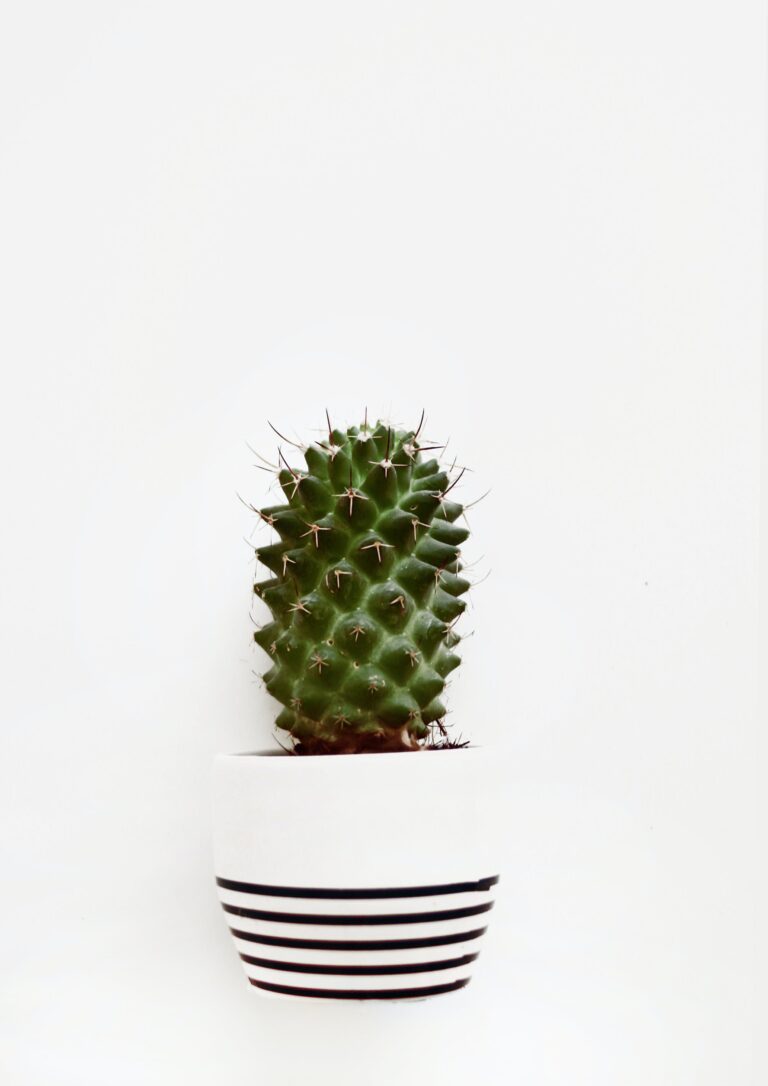
Remember, it’s not just about appearances. The right pot size is crucial for aeration, proper root growth, and preventing moisture issues. Keep these pearls of wisdom in mind, and your succulents will be as joyful as a sunbather in the Mojave Desert!

